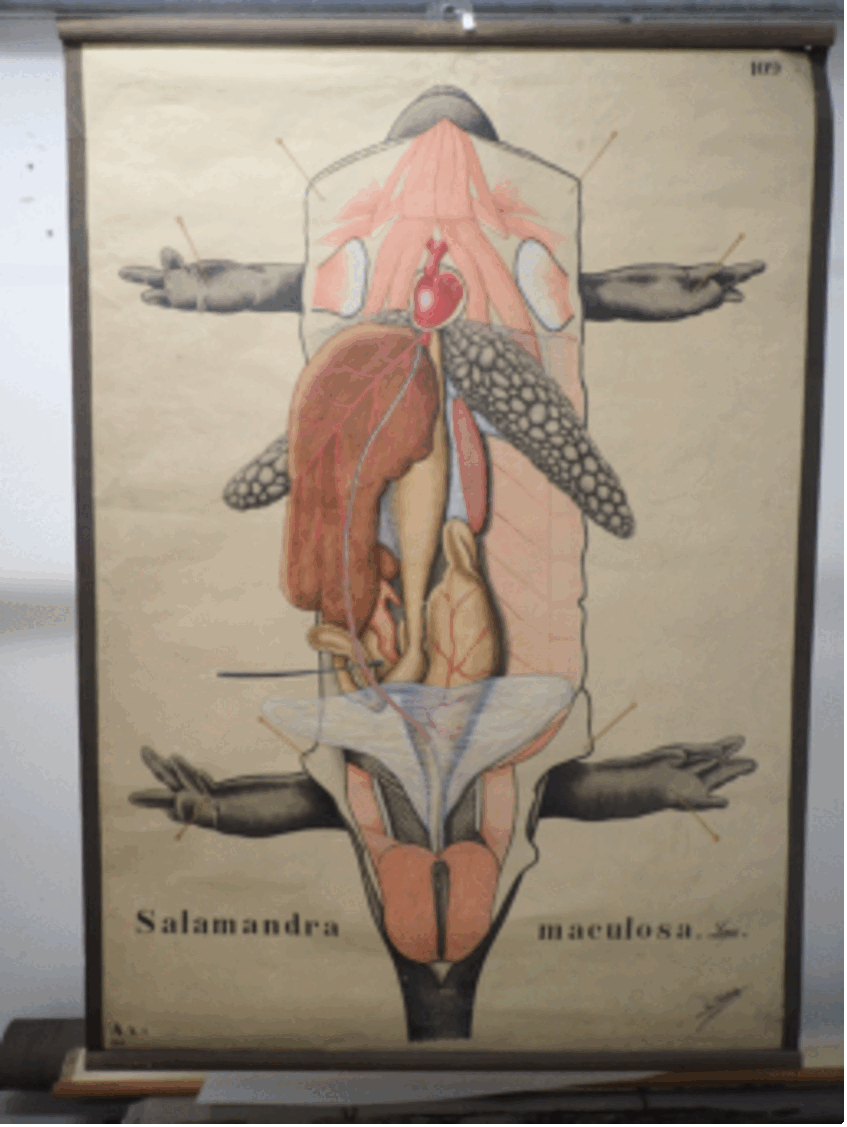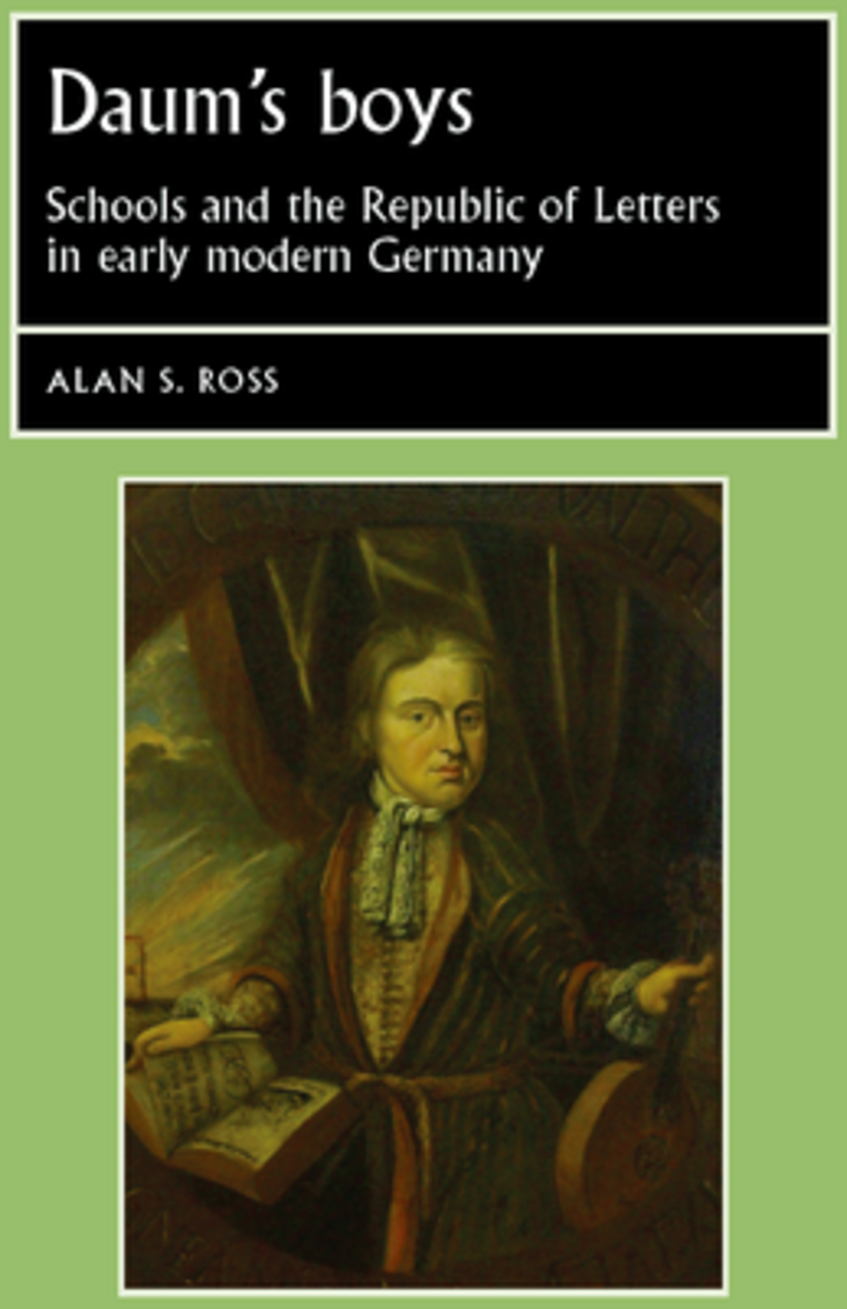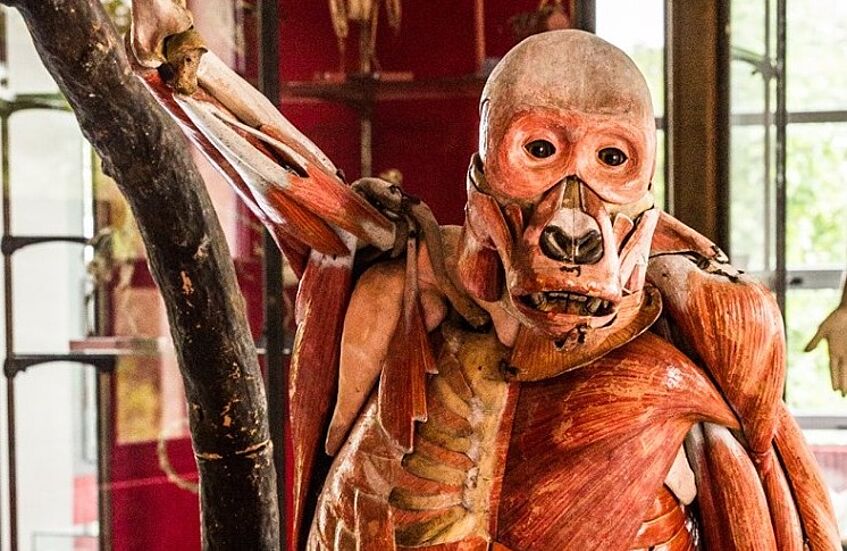Projekte Alan Ross
Associated Media of Austro-Hungarian Zoological Education (AMAZE) – Zoological wallcharts and glass lantern slides at the University of Vienna (on-going)
AMAZE is a three-year-project funded by the Austrian Science Fund (FWF) and aims to establish interwoven visual and material studies as a central concern of the history of education. Based at the University of Vienna, it is led by Alan S. Ross and employs a group of researchers working on interconnected research projects. The usefulness of material sources for reconstructing the historical 'realities' of teaching, ie. the equipment, architecture and methods of teaching, has long been recognised, while their use for approaching epistemological and ideological questions was a marginal concern. Yet newer studies have shown that natural history education as a field in which objects and images were used to reinforce nationalist and imperialist as well as racist and specist ideologies in education. However, multi-ethnic and multilingual states such as the Austro-Hungarian Empire have been largely ignored in the context of the propagation of nationalist and imperialist as well as racist and specist ideologies in education.
The project will pioneer the exploitation of two types of serial media as sources for the history of education: a) one-off, handpainted educational wallcharts and b) glass lantern slides originating in the former Institute of Zoology at the University of Vienna. In their size and their documentation, these collections are unique in Europe. . The project will place the Habsburg Empire at the centre of visual politics during the nationalisation of education and the sciences in the late nineteenth century. The working hypothesis of the project is that visual and material culture was key to internal colonialism in the sciences of the Habsburg Empire.

A hand-painted wallchart of Salamandra maculosa, depicting the animal as if on an anatomist's table, second half of the 19th century. Department of Evolutionary Biology, Vienna.
Daum's boys: Schools and the Republic of Letters in early modern Germany (completed)
This book is the first in-depth study of a footsoldier of the seventeenth-century German Republic of Letters. Its subject, the polymath and schoolteacher Christian Daum [1612-1687], is today completely forgotten, yet left behind one of the largest private archives of any early modern European scholar. Drawing on this archive, my book combines quantitative evaluations of student registers, the interpretation of student violence, and the analysis of curricular curricular developments, especially the role of Arabic in the classroom. My book portrays schools as focal points of a whole world of Lutheran learning outside of universities and courts, as places not just of education but of intense scholarship, and examines their significance for German culture. Multi-confessional Germany was different from Catholic France and Protestant England in that its network of small cities fostered educational and cultural competition and made possible a much larger and socially open Republic. This book allows us for the first time to understand how the Republic of Letters was constructed from below and how it was possible for individuals from relatively humble backgrounds and occupations to be at the centre of European intellectual life. I argue that it was Latin schools more than universities were responsible for the continuity of classical culture in Germany between the 16th and 19th centuries.


